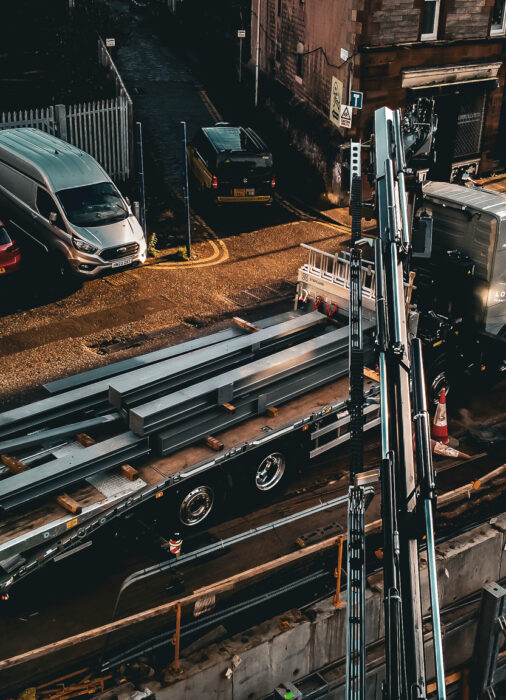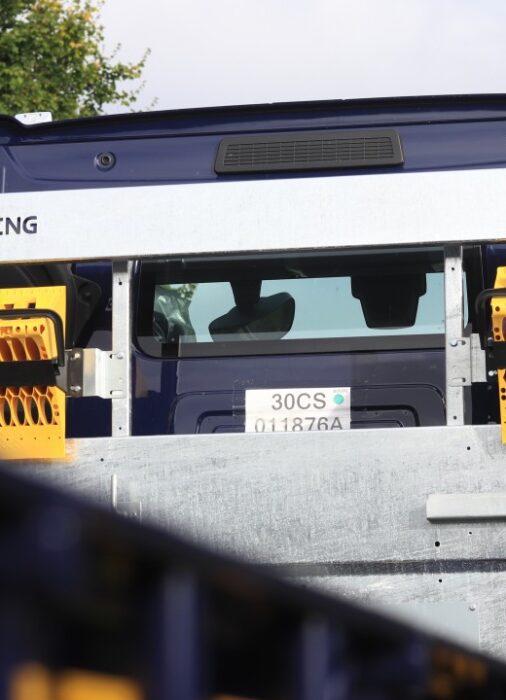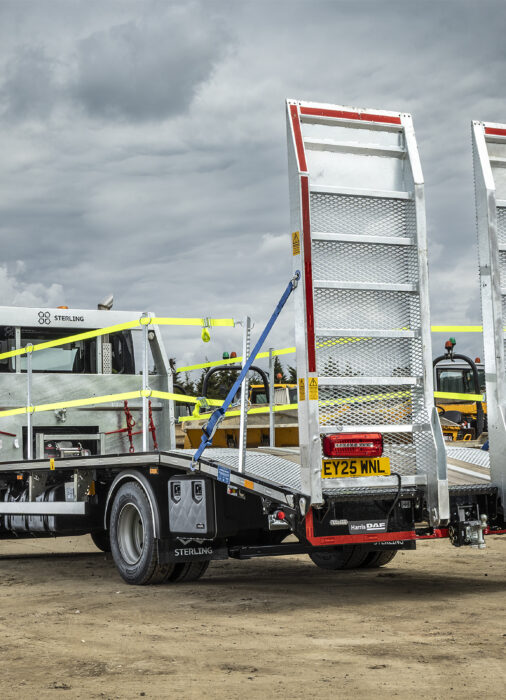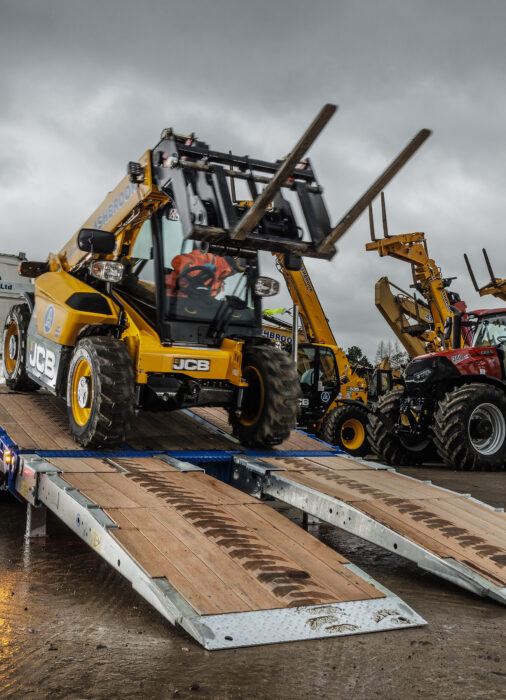How to Maintain Your Beavertail Truck for Longevity & Performance
Published on: 24th March 2025
Understanding Beavertail Truck Maintenance Regulations
It is important to distinguish between the chassis and the beavertail body. While the chassis falls under DVSA (Driver and Vehicle Standards Agency) regulations, the beavertail body is classified as machinery and is subject to PUWER (Provision and Use of Work Equipment Regulations). According to regulations, trucks should be inspected and serviced every six weeks. This six-weekly check is also referred to as a Preventative Maintenance Inspection (PMI), which is required for HGV and PSV operator licences to ensure roadworthiness and operational safety.
Preventive Maintenance & Driver Training
Preventive maintenance plays a crucial role in extending the life of your beavertail truck. One of the most effective ways to prevent avoidable damage is by training drivers and operators on correct procedures.
Key Aspects of Driver Training:
- Proper loading and unloading techniques to reduce strain on the ramp and chassis.
- Awareness of securing pins and lashings to prevent movement during transport.
- Ensuring hydraulic systems are operated correctly to avoid undue stress.
Well-trained operators will reduce wear and tear on components and improve overall safety and efficiency.
What to check to ensure safe operation
Performing daily checks helps identify early signs of wear or damage before they become serious issues. Key inspections should include:
- Ensuring securing pins are locked and in place.
- Checking hydraulic fluid levels for any visible leaks and ensuring an adequate fluid level for operation.
- Inspecting the deck lashings for debris (stones, nuts, bolts) that could affect securement.
- Grease/oil all ramp pivot points to prevent stiffness and wear.
- Grease all hydraulic cylinders and ramp rods that have exposed chrome to prevent corrosion. Road salt in particular should be wiped off regularly to prolong the life of the chrome coating.
- Winch maintenance (if applicable): Ensure the mounting bolts and electrical connections are secure and clean of any dirt and corrosion. If there is more than 6 strands broken in any length of 100mm, the rope is therefore severely weekend and must be replaced.
- Inspect electrical connections, isolators, and power pack for loose or damaged wiring. Cables on flip-over ramps should be re-tensioned when required to ensure correct operation of flip-over.
- General inspections should be carried out on items and components, such as, chaffing pipes, cracking in the steel frame, body mounting bolts and ramp assembly.
Implementing a Maintenance Schedule
To ensure thorough and structured maintenance, it is advisable to adopt a maintenance schedule that outlines specific tasks and their frequency. We have put together a recommended preventative maintenance schedule, highlighting the inspection checks that should be carried out and the frequency.
Preventative Maintenance Schedule:
| |
Driver |
Workshop |
Workshop |
| Inspection |
Daily Visual Check / Walk-round |
Six-Weekly |
Annually |
| Check the hydraulic system for leaks and damage |
✔ |
✔ |
|
| Check the condition of the deck flooring |
✔ |
✔ |
|
| Check the condition of lashing points/rings |
✔ |
✔ |
|
| Winch: Check the tightness of the mounting bolts, and all electrical connections. Removing all dirt, salt and corrosion. |
✔ |
✔ |
✔ – PUWER thorough inspection |
| Check the ramp securing pins are free of damage and securely in place. |
✔ |
✔ |
|
| Check flip cables (if fitted) |
✔ |
✔ |
|
| Check the operation of the ramps and ensure that all ramp rods and hinges are lubricated. |
|
✔ |
|
| Inspect electrical cables and isolators for loose connections and damage |
|
✔ |
|
| Check lights, beacons and reflectors, including work-lights and deck-lighting if applicable. |
✔ |
✔ |
|
| Check handrail system |
✔ |
✔ |
|
Benefits of a Maintenance Schedule
Adopting a structured maintenance plan provides multiple benefits:
- Enhanced Safety: Reducing the risk of breakdowns and mechanical failures.
- Extended Equipment Lifespan: Regular lubrication and checks prevent premature wear.
- Compliance Assurance: Ensures adherence to PUWER and DVSA regulations.
- Cost Savings: Avoids major repairs and downtime through early problem detection.
- Increased Resale Value & ROI: A well-maintained beavertail truck is far more attractive to potential buyers when the time comes to sell or upgrade. Keeping up with routine maintenance not only prolongs the truck’s lifespan but also demonstrates to buyers that it has been properly cared for. Vehicles with a full service history and evidence of regular inspections will command a higher resale price and sell more quickly, maximising your return on investment.
Conclusion
Regular and proactive maintenance of your beavertail truck is essential for ensuring its reliability, longevity, and safe operation. By implementing structured inspections, adhering to a preventative maintenance schedule, and ensuring drivers are well-trained, you can significantly reduce downtime, improve performance, and remain compliant with UK regulations. A well-maintained truck not only enhances operational efficiency but also protects your investment in the long run.
Gallery








